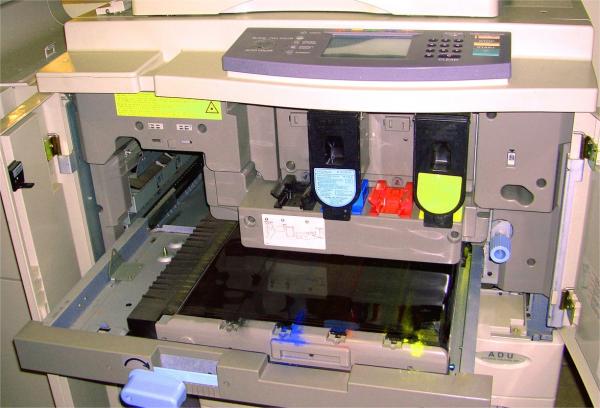A line scan lens is a special lens that is mainly used in line scan cameras. It performs high-speed scanning imaging in a certain dimension. It is different from traditional camera lenses and is usually used in the industrial field.
What is the working principle of line scan lens?
The working principle of the line scan lens is mainly based on line scan technology. When working, the line scan lens scans the sample surface line by line and collects the light information of each row of pixels to help the line scan lens capture the image of the entire sample instead of capturing the entire image at once.
Specifically, the working principle of the line scan lens consists of several steps:
Optical imaging: The light signal of the sample to be scanned is captured by the line-by-line photosensitive elements on the line scanning lens and converted into electrical signals.
Line-by-line scanning: The line-by-line photosensitive element scans from the top to the bottom of the sample at a certain speed, converting the light information of each line into an electrical signal.
Signal processing: After processing, the electrical signal is converted into a digital signal for generating an image.
Image stitching: stitch together the digital signals of each row to eventually form an image of the entire sample.
The working principle of line scan lens
What parameters should be paid attention to for line scan lenses?
The parameters of line scan lenses are closely related to different needs and application scenarios. The following parameters need to be focused on:
Resolution
The resolution of a line scan lens is often the primary metric of concern. The higher the resolution, the higher the image clarity, which is related to the number of pixels in the imaging area and the size of the imaging element.
Aperture
The size of the aperture controls the amount of light that enters the lens, affecting the brightness of the lens image and the exposure time of the film. A large aperture can improve image quality when used in low light conditions, but may reduce the depth range.
Focus range
The focus range refers to the distance range that the lens can shoot. Generally, the wider the better, and wider means it can shoot more objects of different focal lengths.
Image height
Image height refers to the length of the lens imaging area in the scanning direction. A larger image height requires a faster scanning speed, which will also result in a higher imaging speed and a higher data transmission rate.
Focus on image quality
Imaging quality
Imaging quality can be measured by parameters such as lateral resolution, signal-to-noise ratio, and color saturation. Typically, higher lateral resolution, signal-to-noise ratio, and color saturation mean higher image quality.
Lens size and weight
Size and weight may affect the use of line scan lenses in some applications. Therefore, the size and weight of the lens also need to be considered according to different application scenarios.
Final Thoughts:
If you are interested in purchasing various types of lenses for surveillance, scanning, drones, smart home, or any other use, we have what you need. Contact us today to learn more about our lenses and other accessories.
Post time: Sep-24-2024





